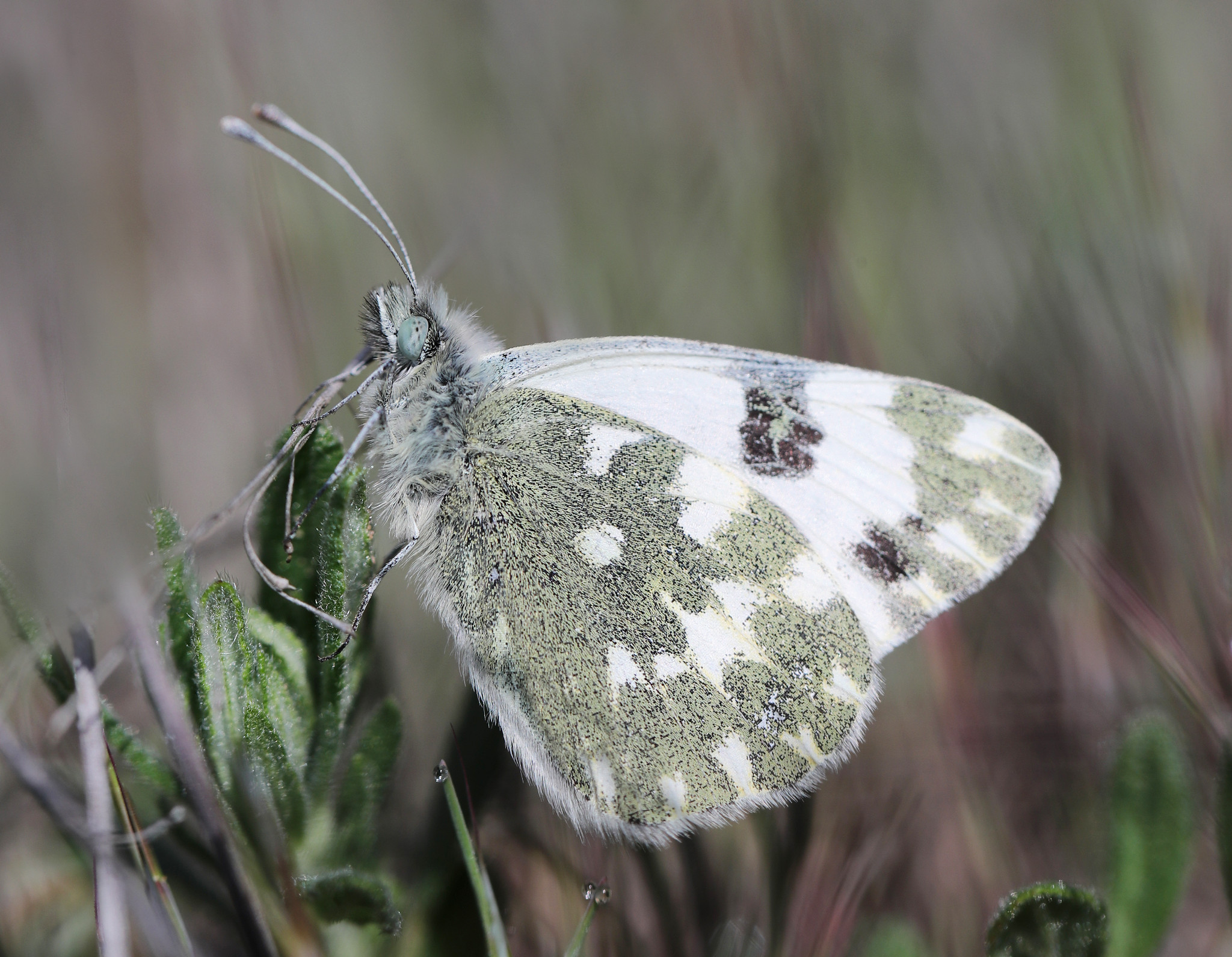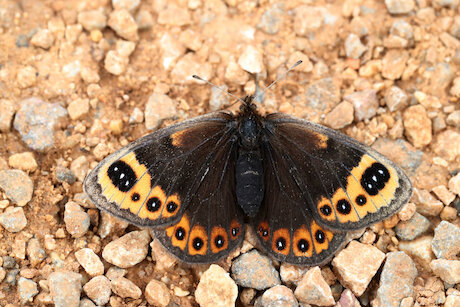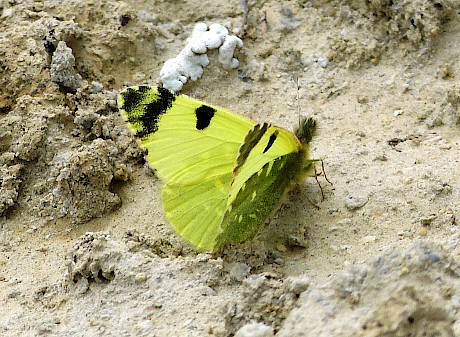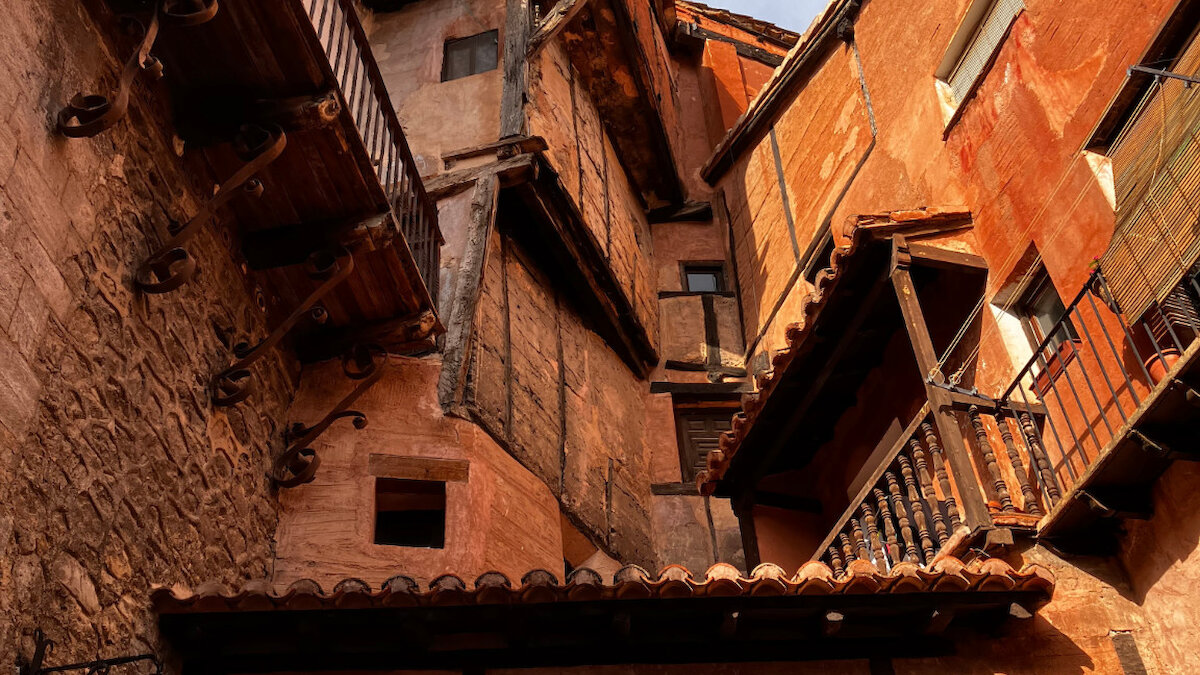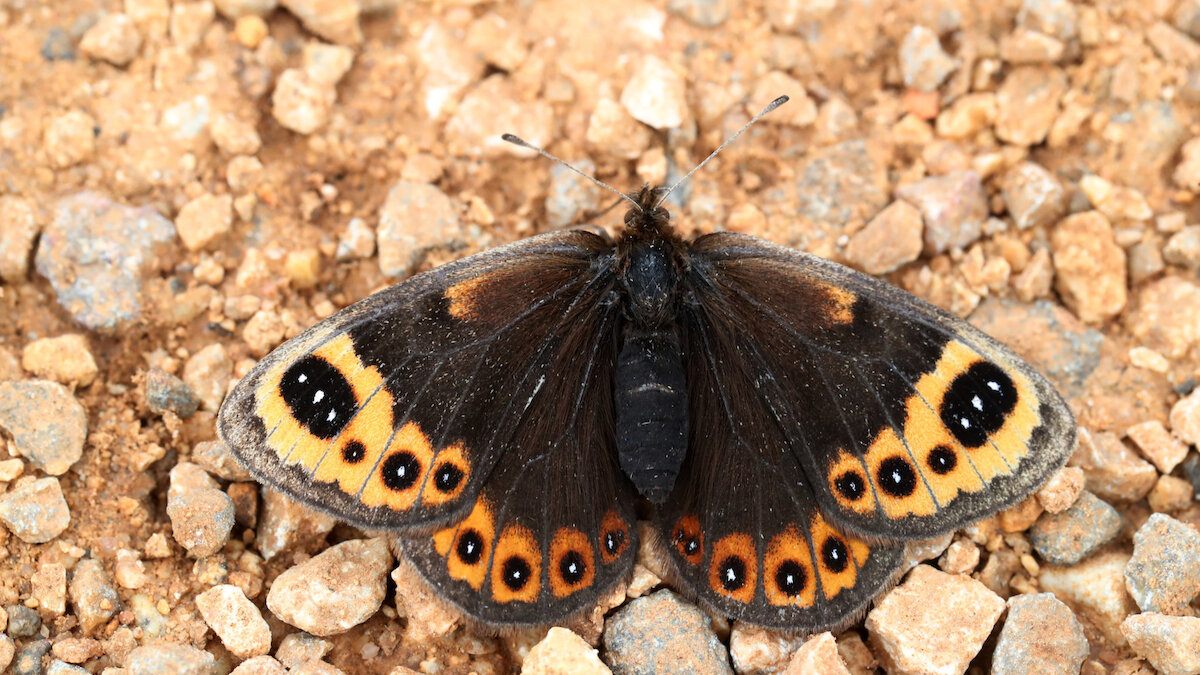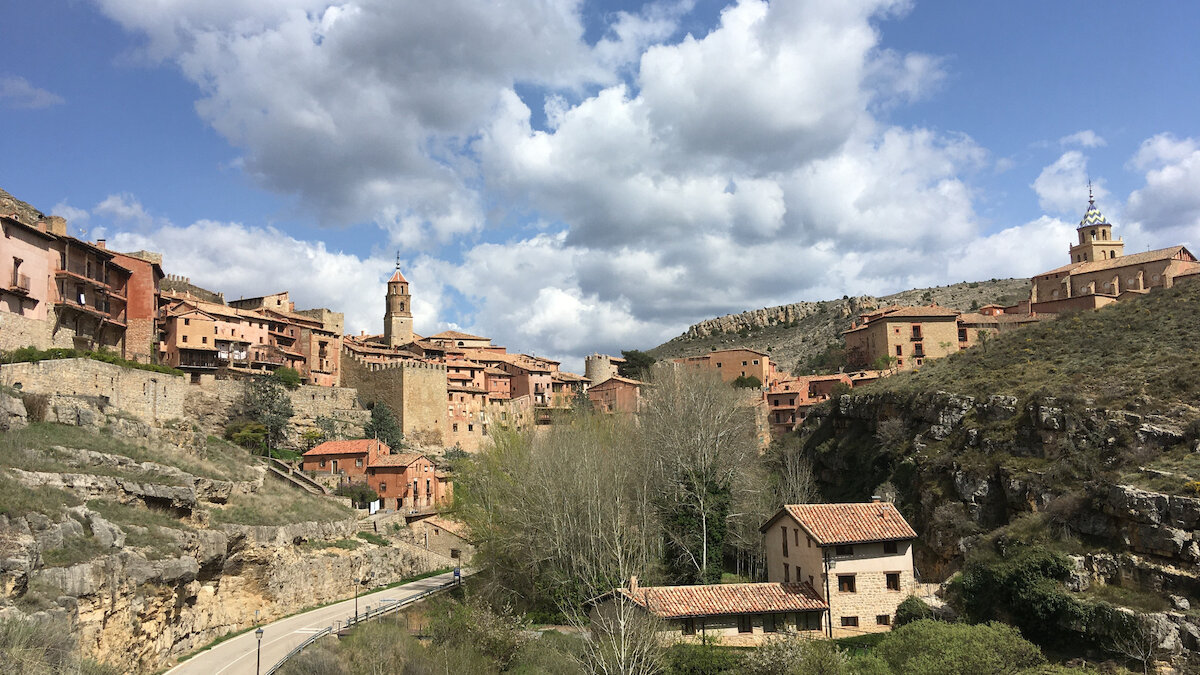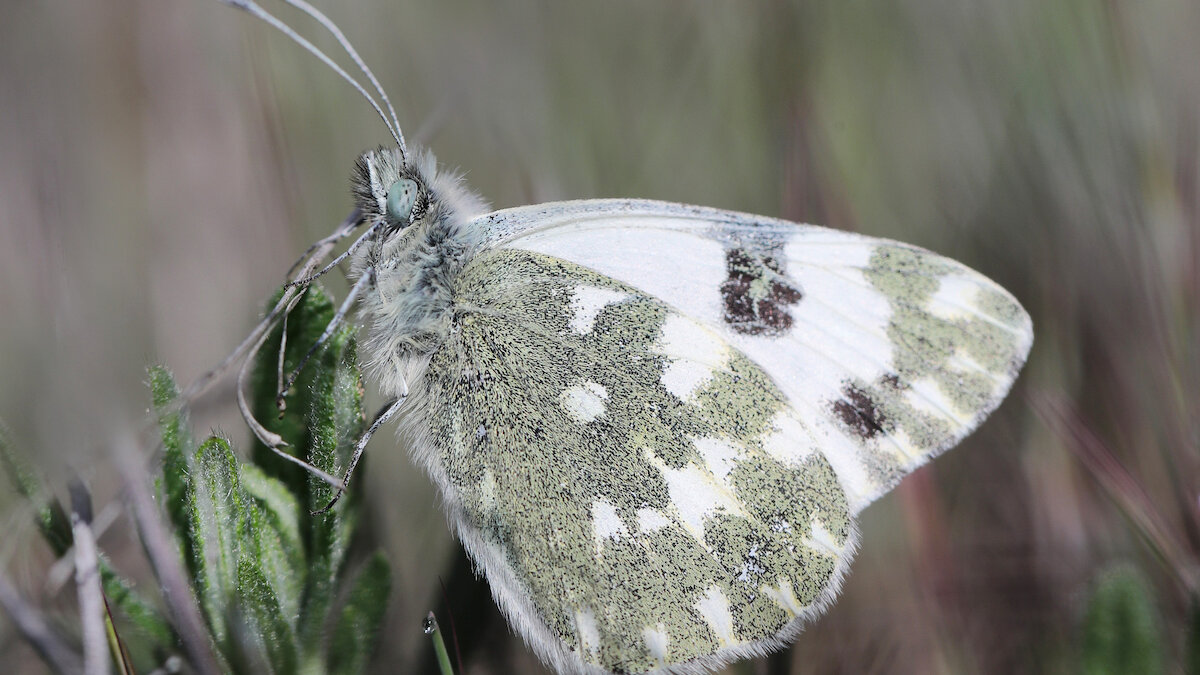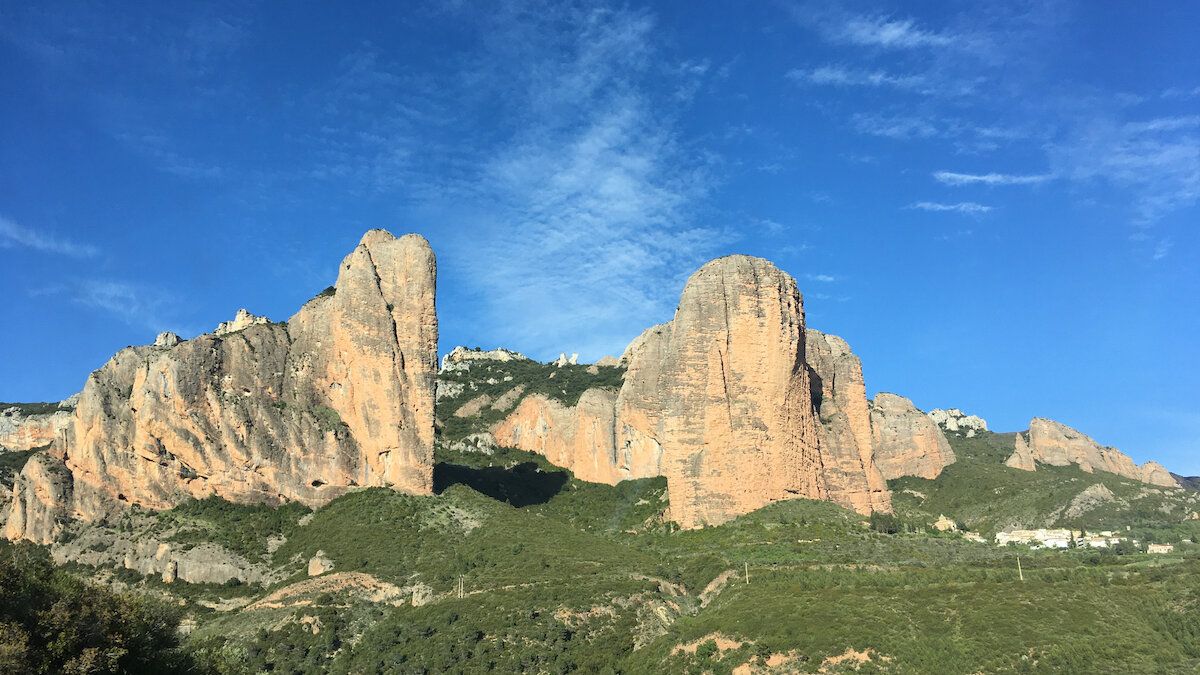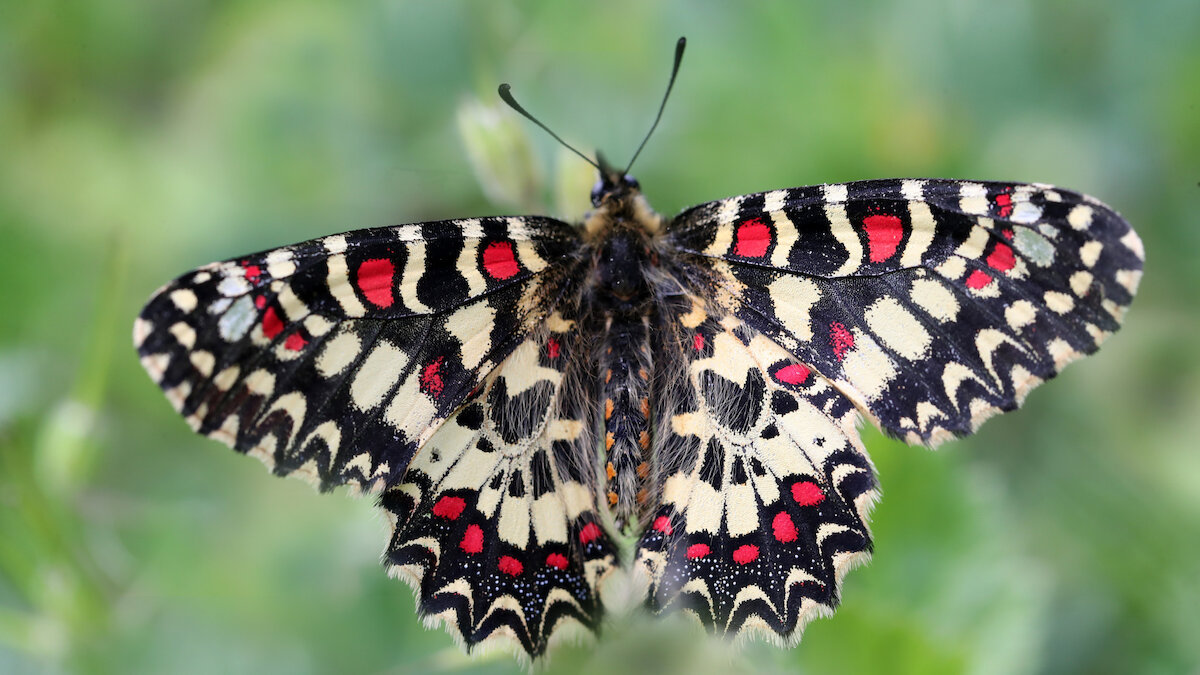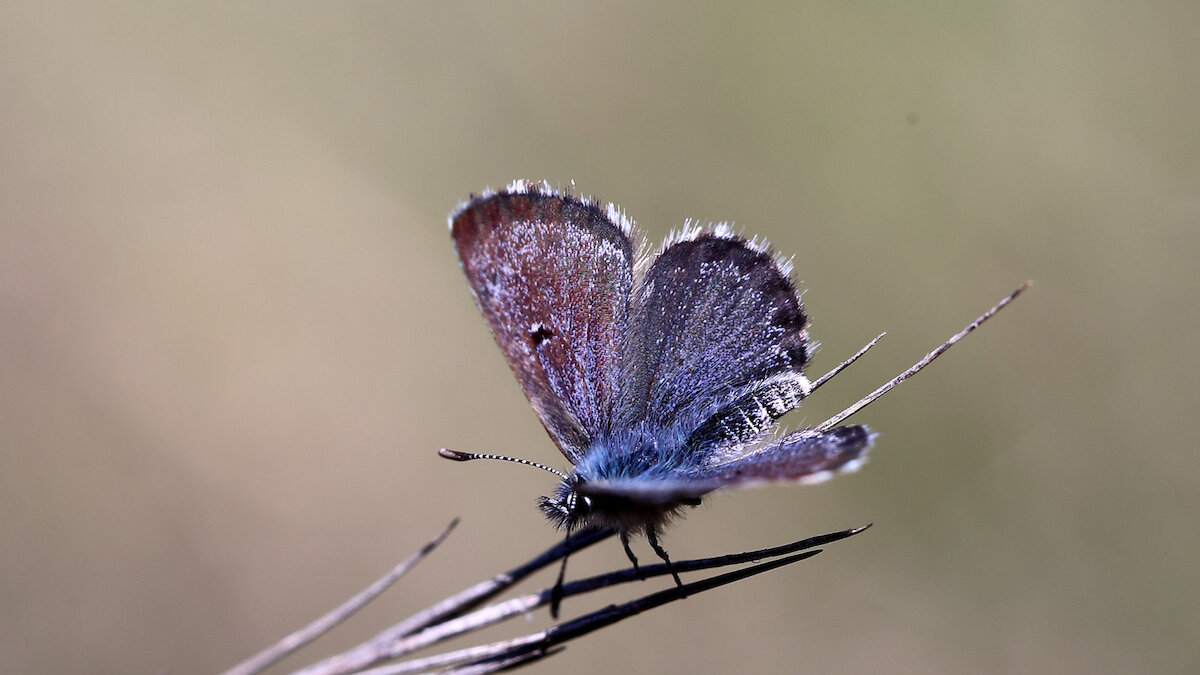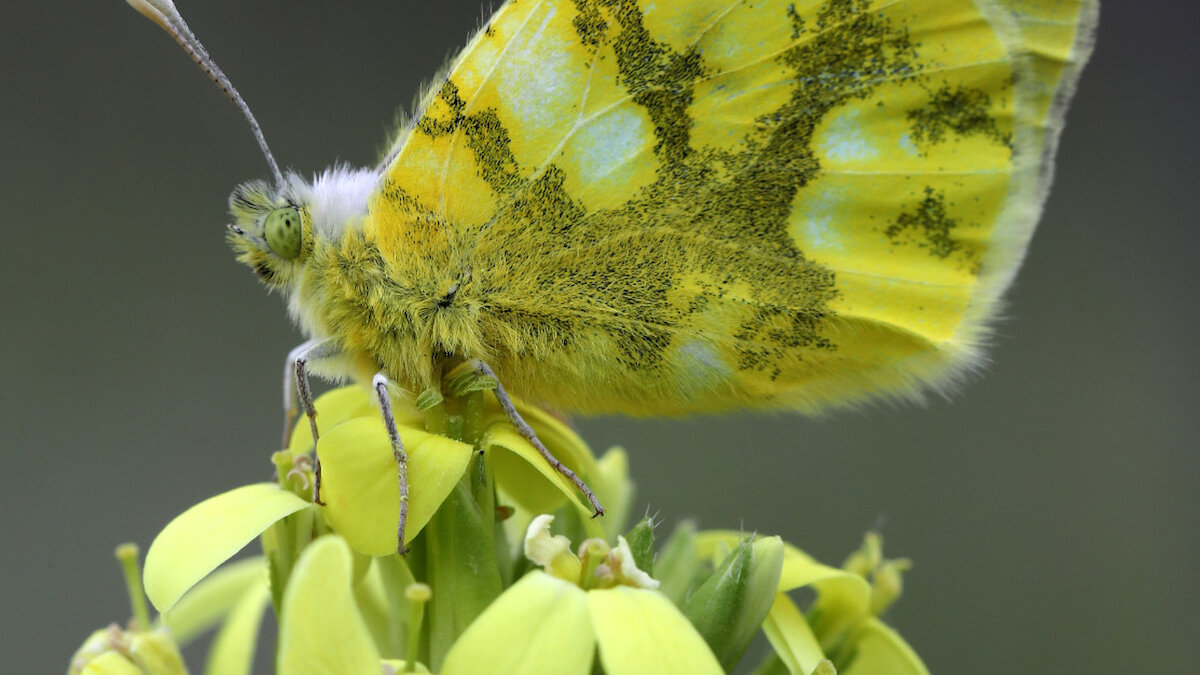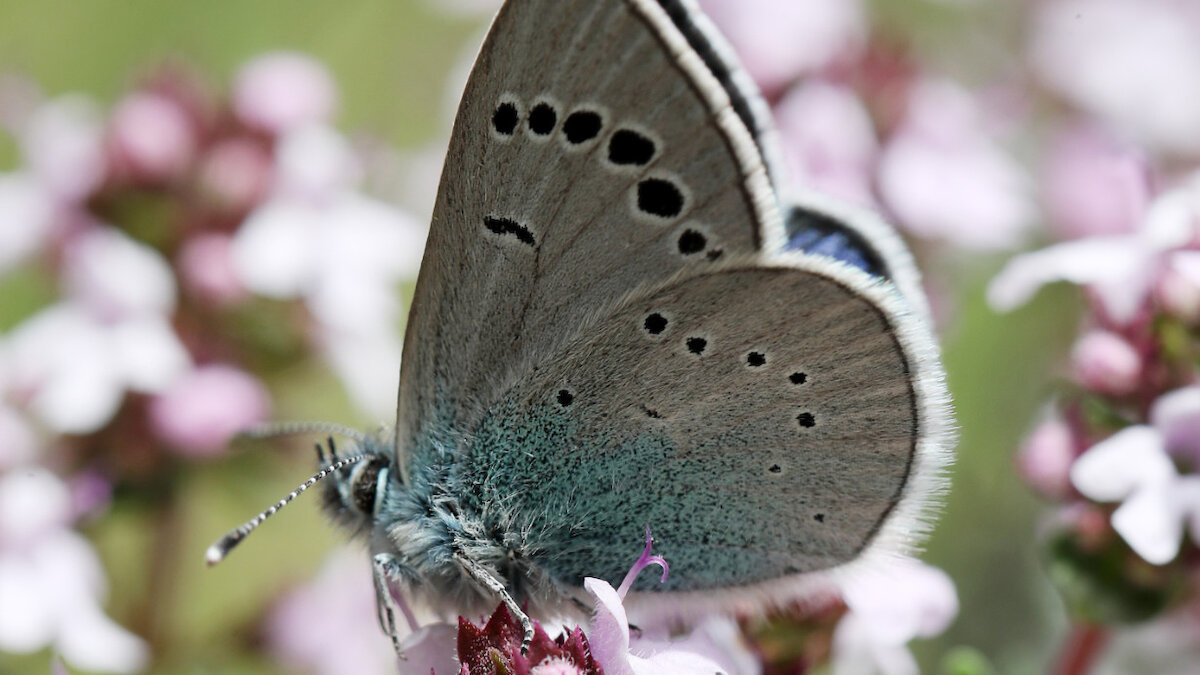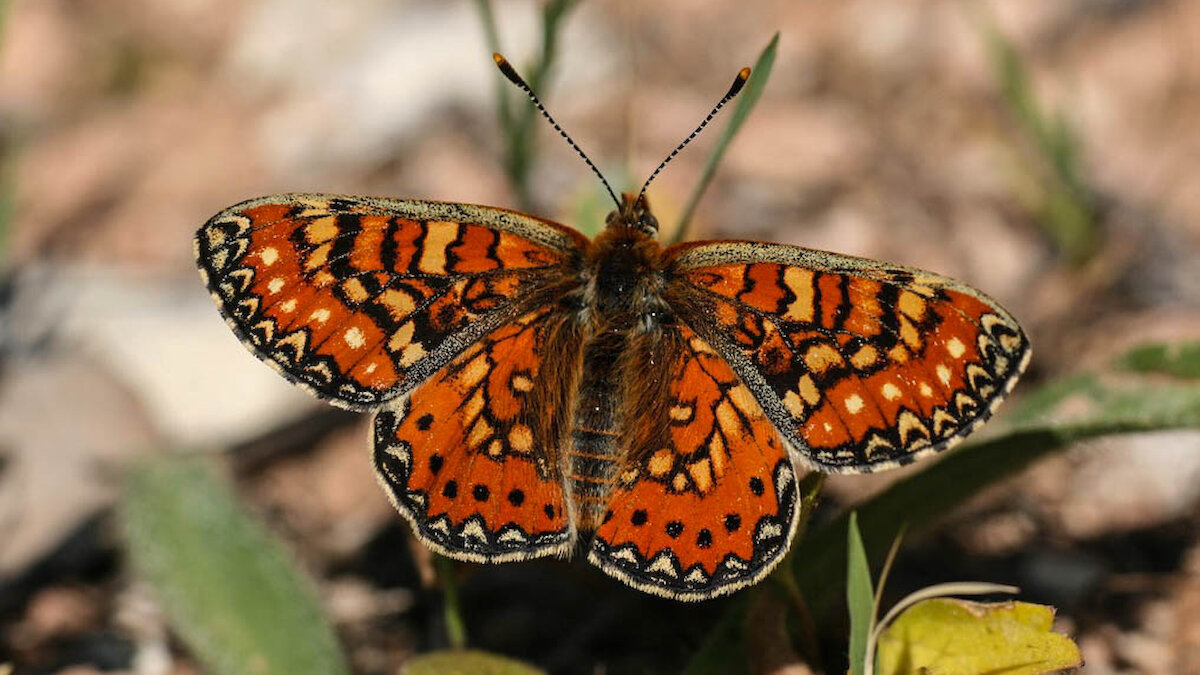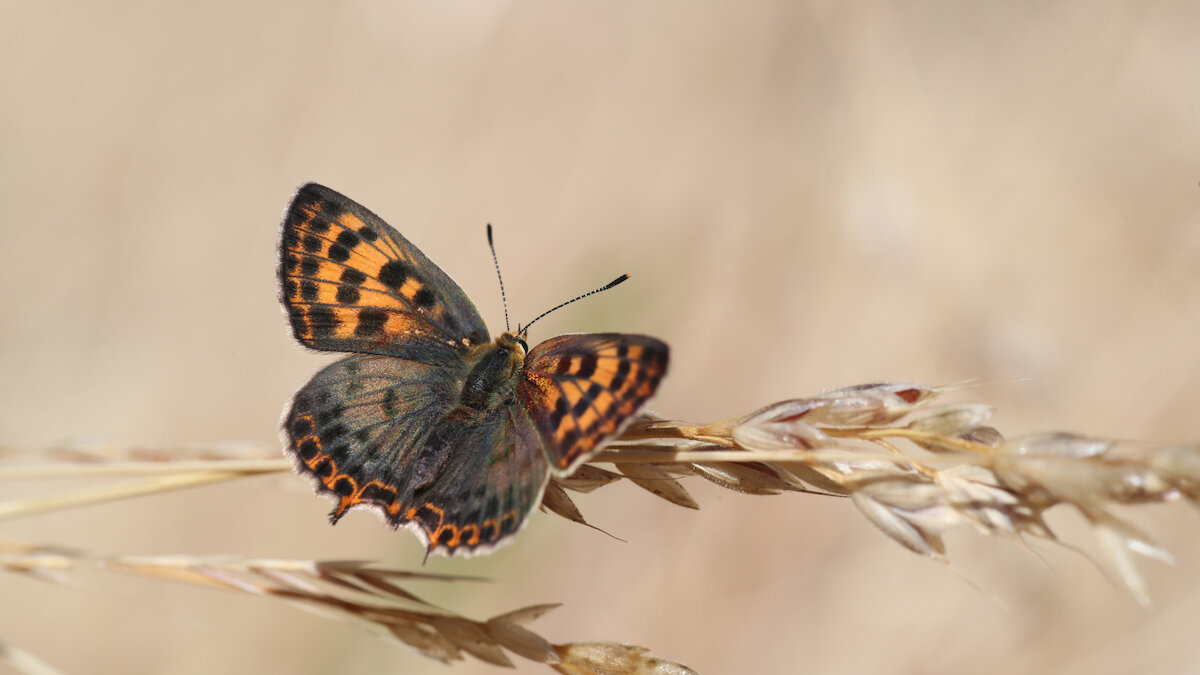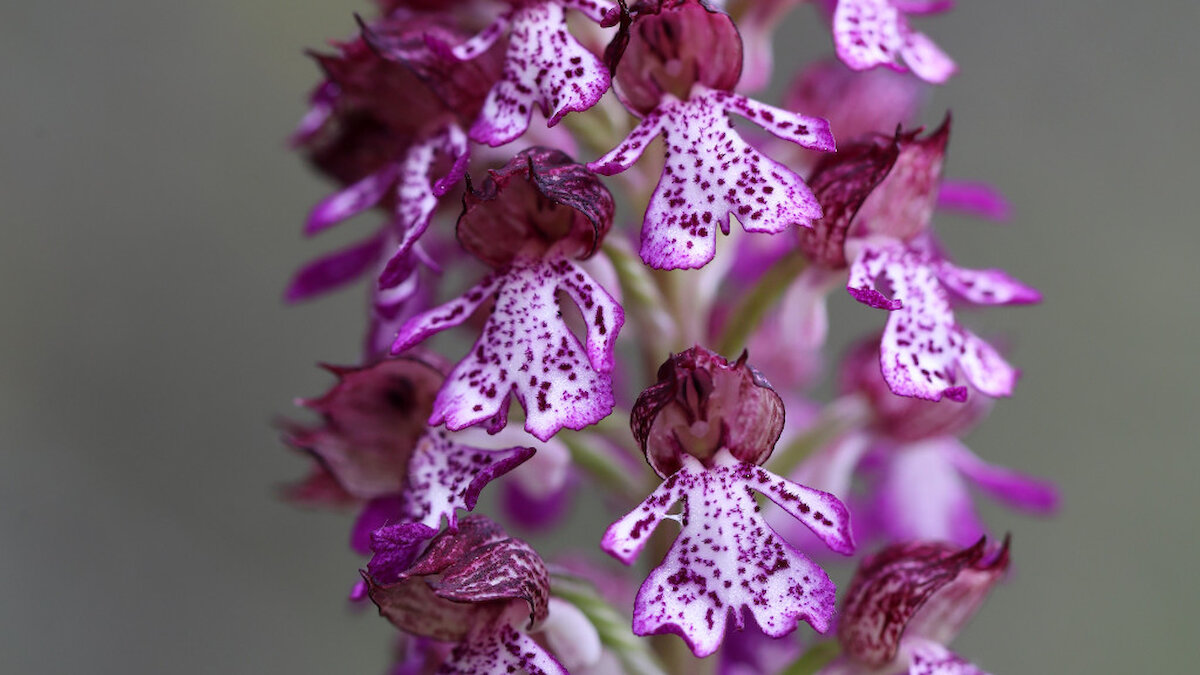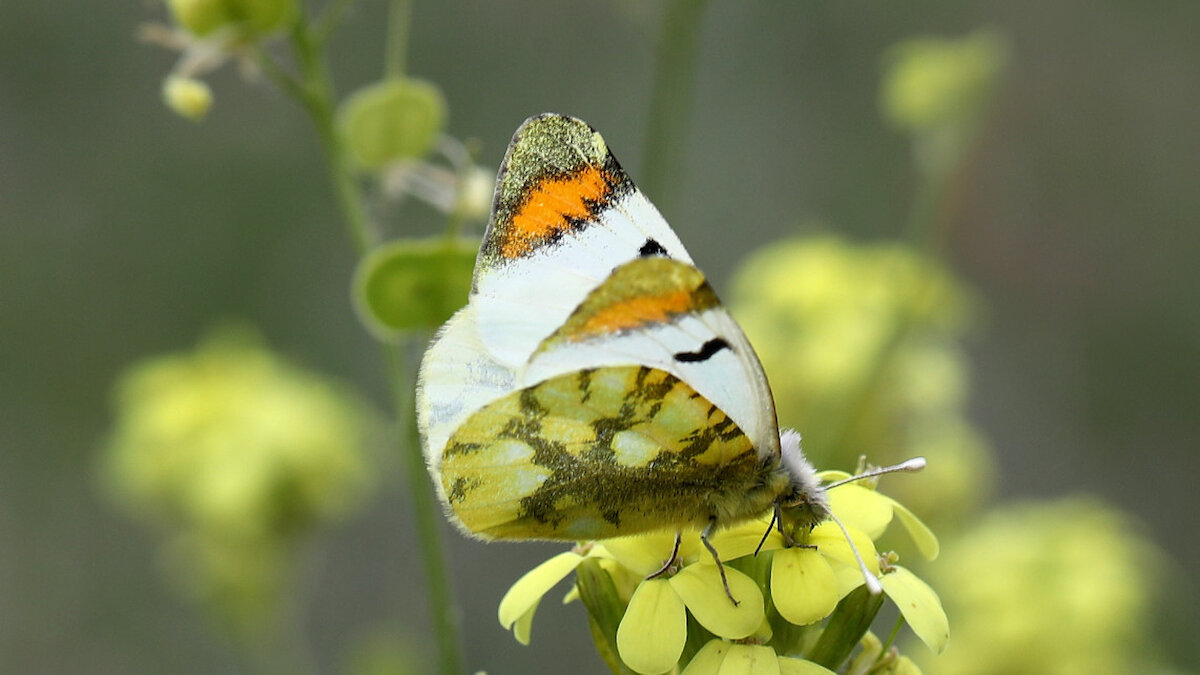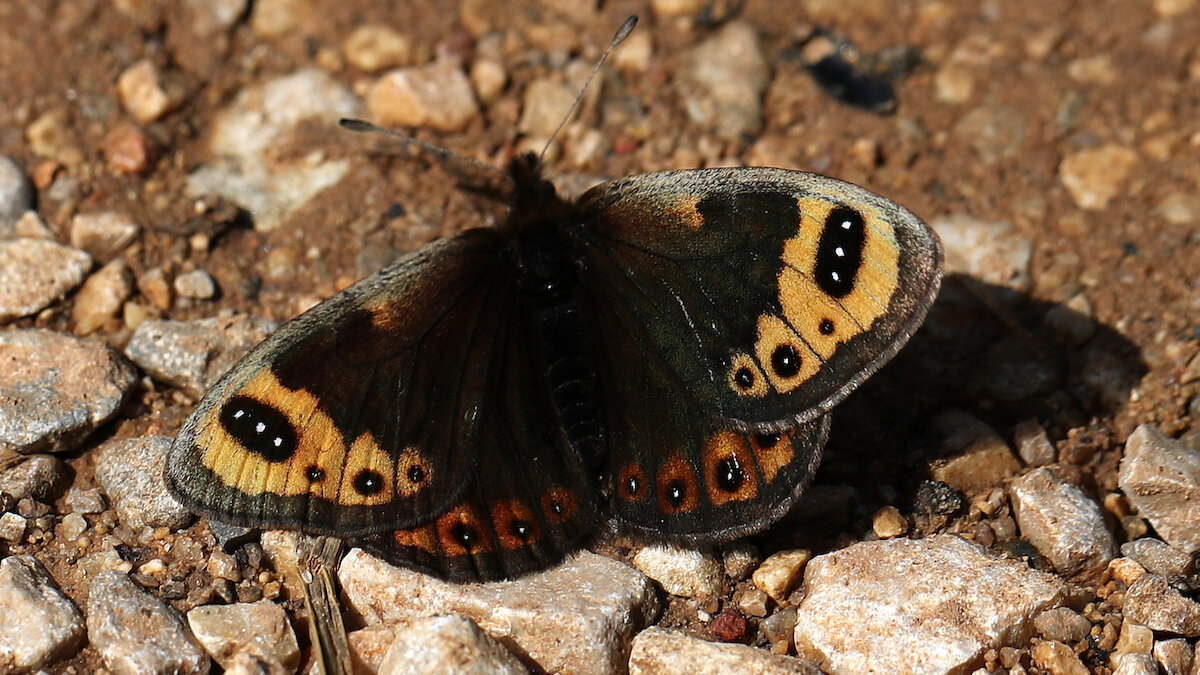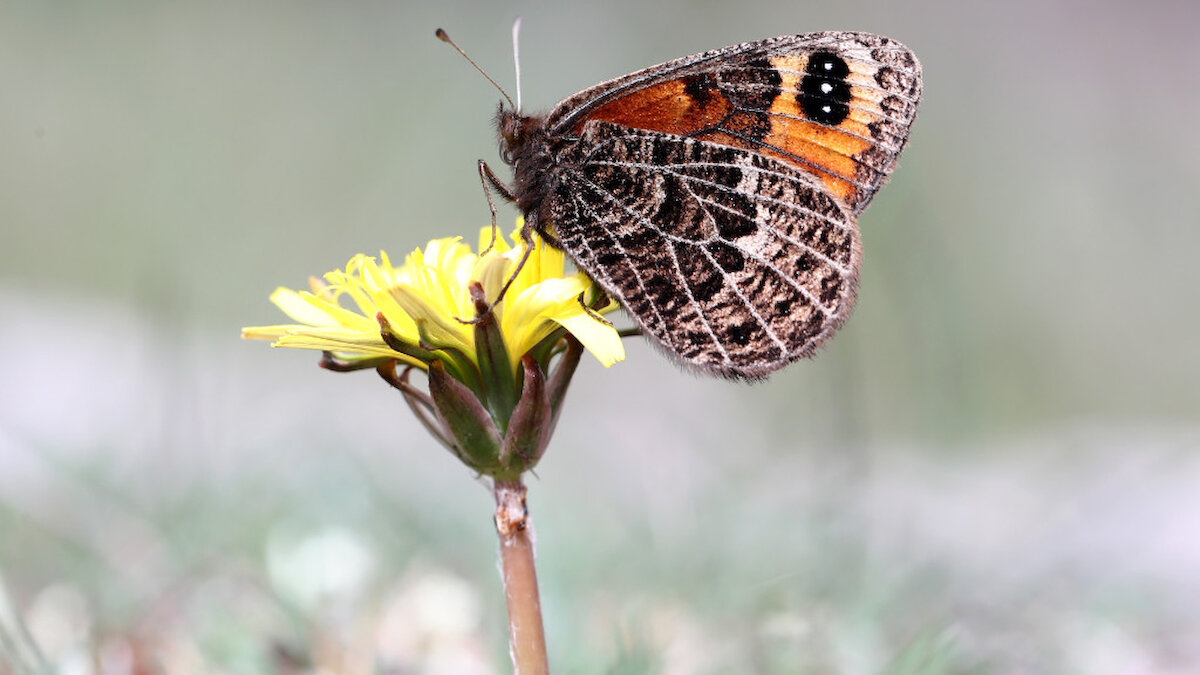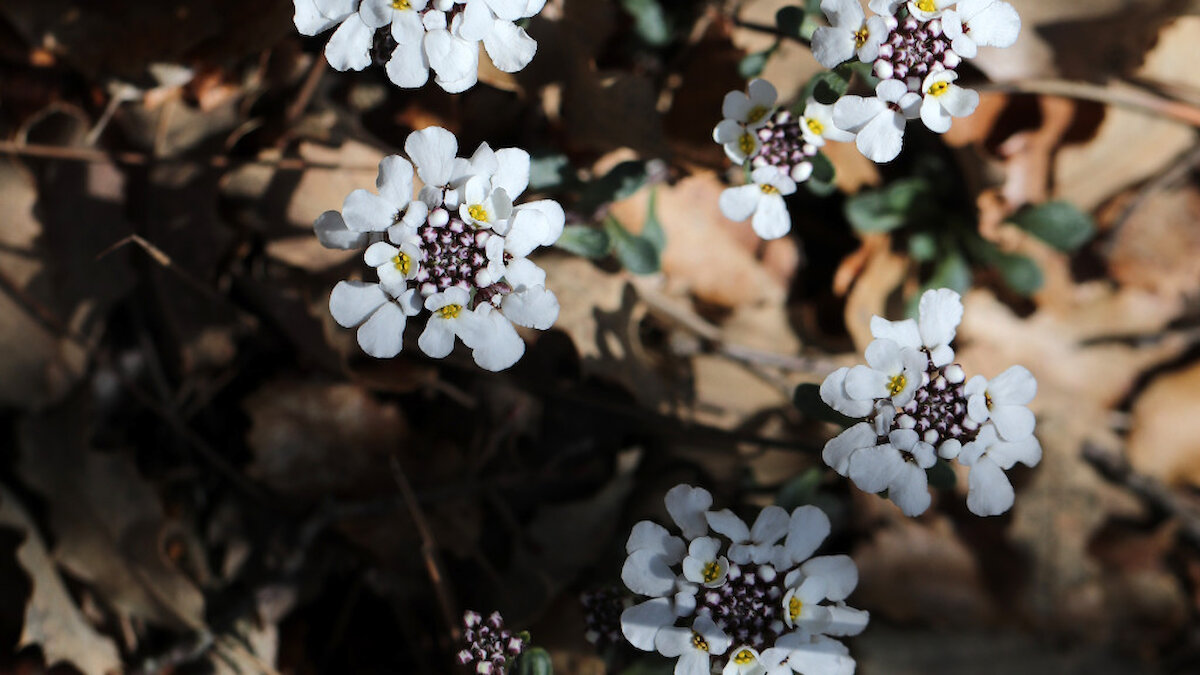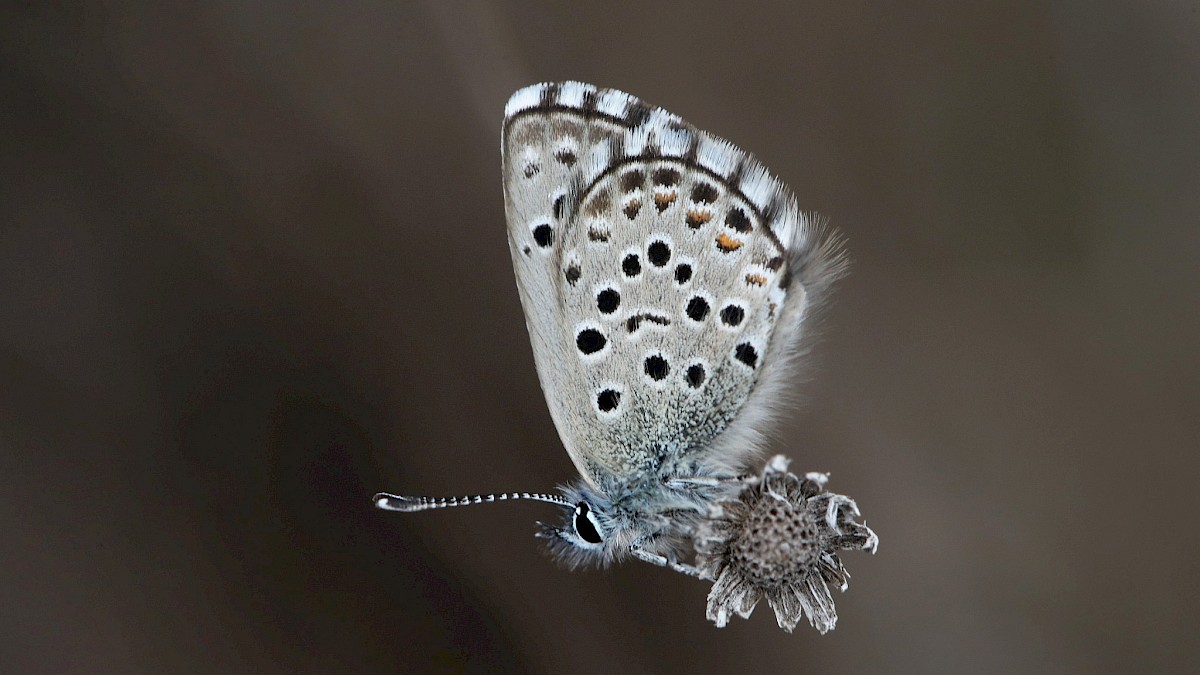Northern Spain offers a rare chance to encounter a suite of sought-after and infrequently seen butterflies in early spring. This tour offers a transect of the region from our dearly-loved butterfly destination, the Montes Universales, up to the foothills of the towering Pyrenees, staying at small, comfortable hotels in both regions, and taking in a wide variety of habitats en route.
Many of our guests will be familiar with the Montes Universales in the late summer if they have joined us there before, but the butterflies here in spring offer some fresh surprises. The countryside here is a mixture of pine and deciduous forest, arid scrub, and small patches of arable fields, laid over a landscape that’s corrugated with hills and sheltered valleys, and threaded by small rivers and dry barrancas, or gorges.
At this time of year the landscape is largely green and verdant in the wake of winter, and our main target in the area will be on the wing – the aptly named Spring Ringlet Erebia epistygne. This is a particularly bright and beautiful Erebia, and one that’s hard to come by – it’s found only sparingly in France and Spain, and is generally threatened by habitat loss. Happily for us, the landscape in the Montes Universales remains absolutely ideal for it, and we will visit sites where dozens of newly-emerged insects should be on the wing.
Before departing the Montes Universales we will also visit sites where we know we can expect early examples of Iberian Sooty Copper Lycaena bleusei, an endemic to the Iberian Peninsula and, arguably, one of the most beautiful of all the copper family, sporting gorgeous, rich bronze tones when freshly emerged. Other desirable butterflies on the wing at the time include the likes of Spanish Festoon Zerynthia rumina, Provence Orange Tip Anthocharis euphenoides, Western Dappled White Euchloe crameri, Large Tortoiseshell Nymphalis polychloros, False Baton Blue Pseudophilotes abencerragus, and Panoptes Blue Pseudophilotes panoptes.
Our base in the Montes Universales will be the small, friendly, family-run hotel in Albarracin we’ve been staying at for years on our annual visits to the area – we know we’re guaranteed a warm welcome, hearty and delicious evening meals, and a glass of wine or two as well here.
It’ll be hard to tear ourselves away, but we’ve somewhere just as lovely in which to base ourselves for the second half of the week – a boutique guesthouse in the pretty hilltop village of Berdún, nestling at the foot of the Pyrenees. From here, we will explore the deep valleys that flank the mountains, searching for flaming, bright Spanish Fritillary Euphydryas desfontainii and, at lower elevations, ruderal fields and their hilly margins in which we anticipate finding two simply sensational Pierids – Spanish Greenish Black-tip Euchloe bazae ssp iberae, and Sooty Orange Tip Zegris eupheme. The former is restricted to just a couple of discrete areas of Spain, and found nowhere else on Earth; while the latter is notoriously hard to see without expert guidance. Happily for our guests, we know where both should be…
There will be plenty of other distractions on the wing in the area. We should find further fritillaries, Weaver’s Fritillary Boloria dia and Knapweed Fritillary Melitaea phoebe flaming fresh in grassy areas; blues, like Baton Blue Pseudophilotes baton and Green-underside Blue Glaucopsyche alexis; and birds too, from mighty Griffon Vultures Gyps fulvus soaring overhead to a lysergic European Bee-eater Merops apiaster breeding colony. If that weren’t enough, there will be orchids to catch our eye, with some fine stands of Elder-flowered Orchid Dactylorhiza sambucina, Burnt Orchid Neotinea ustulata, Lady Orchid Orchis purpurea, and Fly Orchid Ophrys insectifera amongst others.
This promises to be an unparalleled opportunity to spend time with northern Spain’s special spring butterflies. And if that appeals, shortly afterwards will find us exploring southern Spain on our Spring Butterflies of Andalusia tour – you could join us for both!
